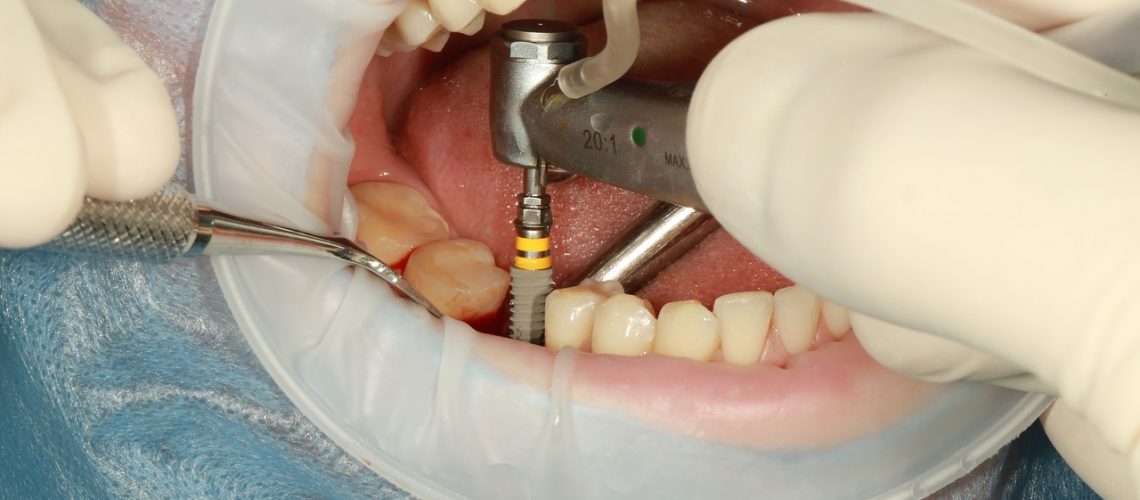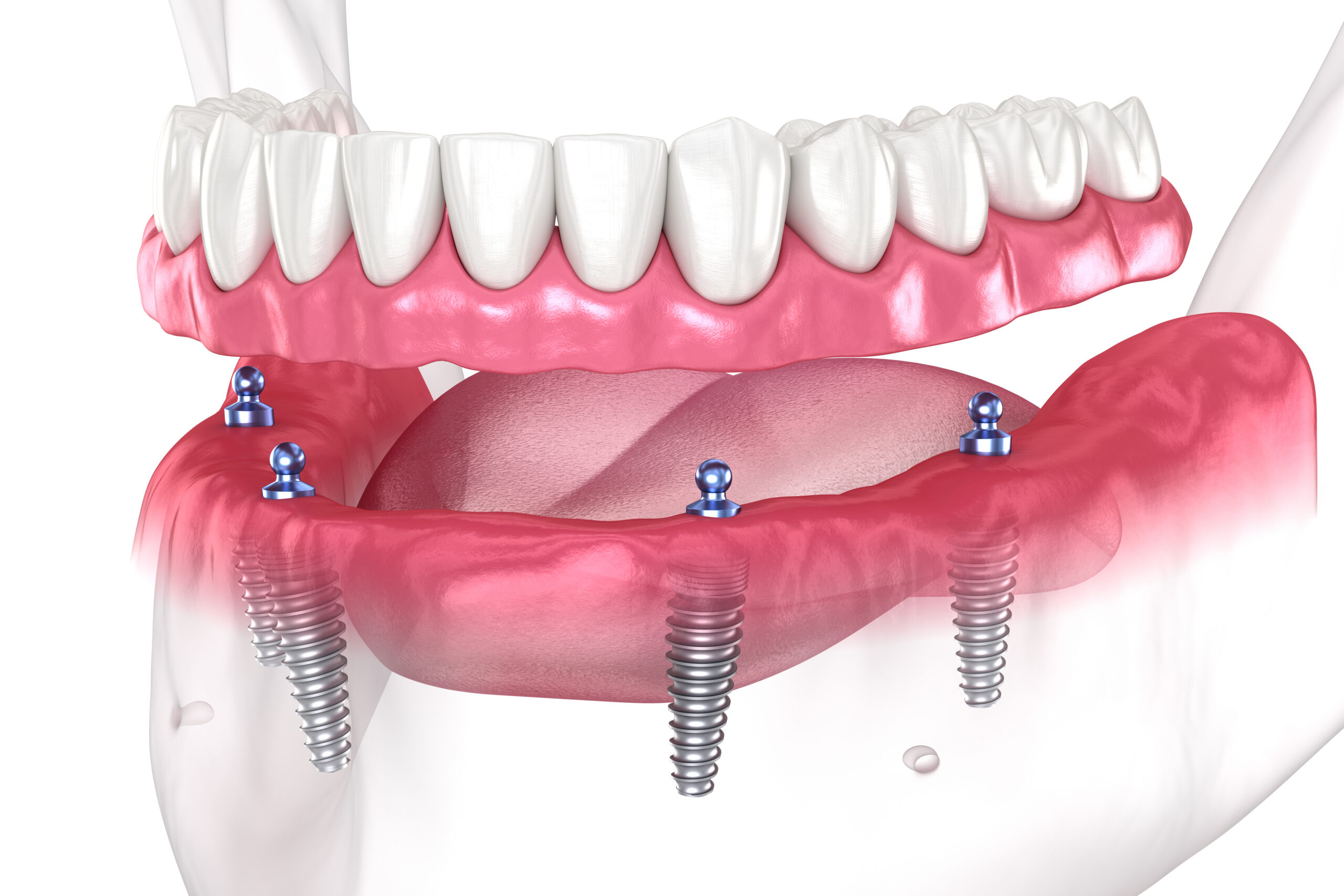The 8-Second Trick For Dental Sense
Table of ContentsDental Sense Can Be Fun For EveryoneThe smart Trick of Dental Sense That Nobody is Talking AboutDental Sense - TruthsAn Unbiased View of Dental Sense
are clinical devices operatively implanted into the jaw to restore an individual's ability to chew or their look. They give support for fabricated (phony) teeth, such as crowns, bridges, or dentures. When a tooth is shed as a result of injury or condition, an individual can experience problems such as quick bone loss, faulty speech, or adjustments to eating patterns that result in pain.Dental implant systems consist of a dental implant body and oral implant joint and might additionally include a joint addiction screw. Root canal procedure. The oral implant body is surgically placed in the jawbone in location of the tooth's root. The oral implant abutment is typically attached to the implant body by the abutment addiction screw and expands via periodontals into the mouth to sustain the attached fabricated teeth
(https://www.provenexpert.com/dental-sense/)Framework of The Dental Implant System picking dental implants, speak with your oral copyright concerning the potential benefits and dangers, and whether you are a candidate for the procedure. Points to consider: Your total wellness is a crucial aspect in figuring out whether you are a great candidate for oral implants, the length of time it will certainly require to recover, and just how long the implant may remain in location.
Smoking cigarettes might affect the recovery procedure and lower the long-term success of the implant. The recovery procedure for the dental implant body may take several months or longer, throughout which time you normally have a short-term joint instead of the tooth. the dental implant procedure: Very carefully follow the dental health instructions given to you by your dental service provider.
Facts About Dental Sense Revealed
Implant failure can lead to the demand for one more procedure to take care of or replace the implant system. Brings back the capability to eat Recovers aesthetic appearance Aids keep the jawbone from diminishing due to bone loss Preserves the health and wellness of the bordering bone and gum tissues Assists keep adjacent (neighboring) teeth steady Boosts lifestyle Damages to surrounding natural teeth throughout dental implant positioning Injury to the surrounding tissues during surgical procedure, such as sinus opening Injury during surgery (as an example, fracture of surrounding jawbone) Inadequate function, such as seeming like the teeth do not bite together usually A sensation that the tooth hangs or twisting in position arising from a joint screw loosening Implant body failing (looseness of the dental implant body) as a result of systemic infection, which may be more probable in individuals with uncontrolled diabetes mellitus because of neighborhood infection in bone and gum tissues sustaining the implant body due to postponed healing, which might be most likely in patients that smoke Problem cleaning the gums around the dental implant, resulting in poor dental hygiene Without treatment gum illness Post-surgical numbness due to nerve impingement or damages Constantly alert health and wellness treatment providers and imaging specialists that you have dental implants before any magnetic vibration imaging (MRI) or x-ray procedures.
FDA is not familiar with any adverse events reported for MRI or x-ray procedures with dental implants. Oral implants systems are usually constructed from products that follow global agreement requirements of the International Company for Standardization (ISO) or ASTM International. These standards have information of what makes a secure material.

A dental implant is a framework that changes a missing tooth. With screw-like tools, the specialist inserts an implant right into the jawbone, and it acts as a support for a fabricated tooth, called a crown.
A Biased View of Dental Sense
Some people are not qualified for oral implant surgical treatment. It is for oral surgeons to operate people with: intense illnessuncontrollable metabolic diseasebone or soft cells illness or infectionIf these concerns are settled, an individual can have the surgery. In, dental doctors avoid operating on people with: If individuals with any of the above go through oral implant surgical procedure, there is a greater risk of the dental implant stopping working.

Oral implant surgical treatment is a tailored procedure. It's not the same for everybody. However the following gives a general introduction of what you can expect your dental expert, oral surgeon, periodontist or prosthodontist to do: Put the implant surgically. Offer you time to recover. Affix the blog post and last crown, bridge or denture.
Next, your doctor will thoroughly put the dental implant right into your jaw. If your implant is near the front of your mouth, your dentist will certainly try this make a momentary tooth for you to wear till you recover.
Dental Sense for Beginners
Your company can tell you what to anticipate in your situation. During the healing phase, your jawbone should fuse to the oral implant. This procedure, called osseointegration, is crucial for security and long-term success. This process can take anywhere from three to 9 months. Sometimes, it might take longer.
As soon as your dental implant heals, your dental professional can attach the abutment (small connector post) and your final repair (crown, bridge or denture). This usually takes concerning one hour to complete and may call for a second minor surgical procedure. You shouldn't really feel any pain during your dental implant treatment because your service provider will use medication to numb your periodontals.